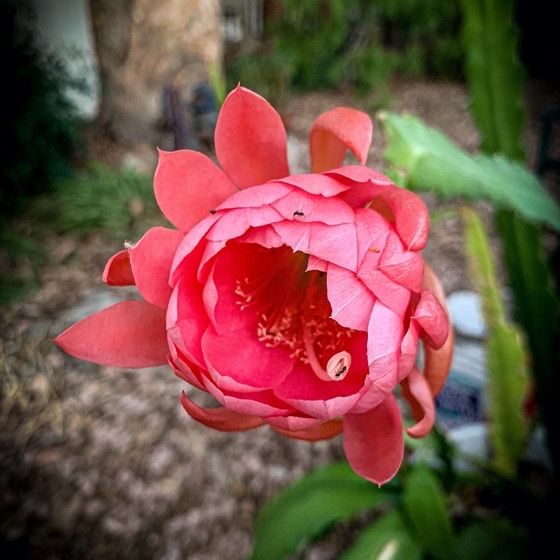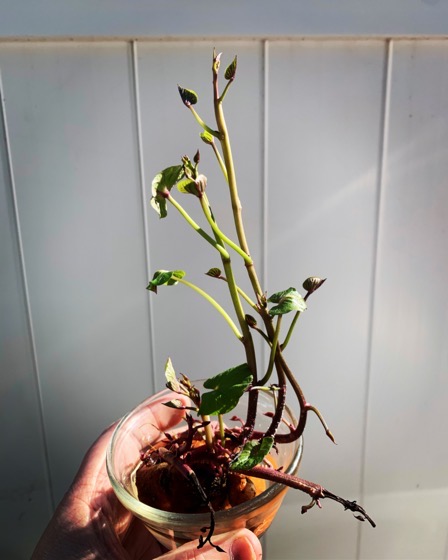from The florist and pomologist (1879)
CHOICE PLUMS.
[Plate 488.]
LITTLE need be said in recommendation of the two varieties of plums represented in the accompanying plate. Those who know anything of fruits will recognise in the names of those here figured the designations of two standard varieties ; but many of our readers—amateur cultivators, or others whose experience is but limited—may be glad to have some means at hand by which to recognise them, and to such as these, Mr. Fitch’s portraits will be useful.
The Reine Claude de Bayay (Fig. 1), also called Monstrueuse de Bavay, belongs to the race of Green Gages, and is a dessert plum of exquisite flavour. The young wood is smooth-barked. Dr. Hogg describes it as large, roundish, flattened at both ends (roundish-ovoid, according to M. Thomas), greenish-yellow in colour, mottled and streaked with green, and covered with a delicate white bloom. The stalk is about half an inch long, inserted in a small cavity. It has a yellow, tender, and very juicy flesh, which separates freely from the stone, and has a remarkably rich sugary flavour. The fruit is ripe at the end of Sep¬ tember and beginning of October. The variety represented at Fig. 2 is the McLaughlin, an American Plum of first-rate quality, raised by Mr. J. McLaughlin, of Ban¬ gor, Maine. This also belongs to the Green Gage race, and has the j’oung wood smooth. It is a vigorous-growing and free-bearing sort. The fruit of this variety is large, roundish-oblate, the diameter exceeding the depth; it has a thin, tender, deep golden-coloured skin, dotted and speckled on the exposed side with crimson, and covered with a thin bloom. The stalk is longer than in the Reine Claude de Bavag., being three-quarters of an inch long. The flesh is firm and adhering to the stone, very juicy, with a luscious flavour. It ripens at the end of August.
Mr. Barron observes {Florist, 1870, 201) that the colour and texture of flesh more nearly resemble those of the Jefferson than of any other variety. Like the Jefferson, it is a clingstone, which is a slight disadvantage. The fruit is, however, very different,—larger, and possessing more of the Green Gage flavour. It is a robust-growing variety, and bears freely. For orchard-house cultivation, and for pot-culture, this variety is exceedingly well adapted, as it suc¬ ceeds perfectly under these conditions.
In both these varieties, the fruit is of the highest quality. M. Thomas, in his Gidde Pratique, designates the McLaughlin as a hardy and vigorous-growing plum of the first quality, while the Reine Claude de Barag. he says, is of medium vigour, but very fertile. McIntosh notes that the fruit of the latter keeps long on the tree, and that it is a very fitting sort for the orchard-house or late plum-house. —T. Moore.
Podcast: Play in new window | Download
Subscribe: RSS





